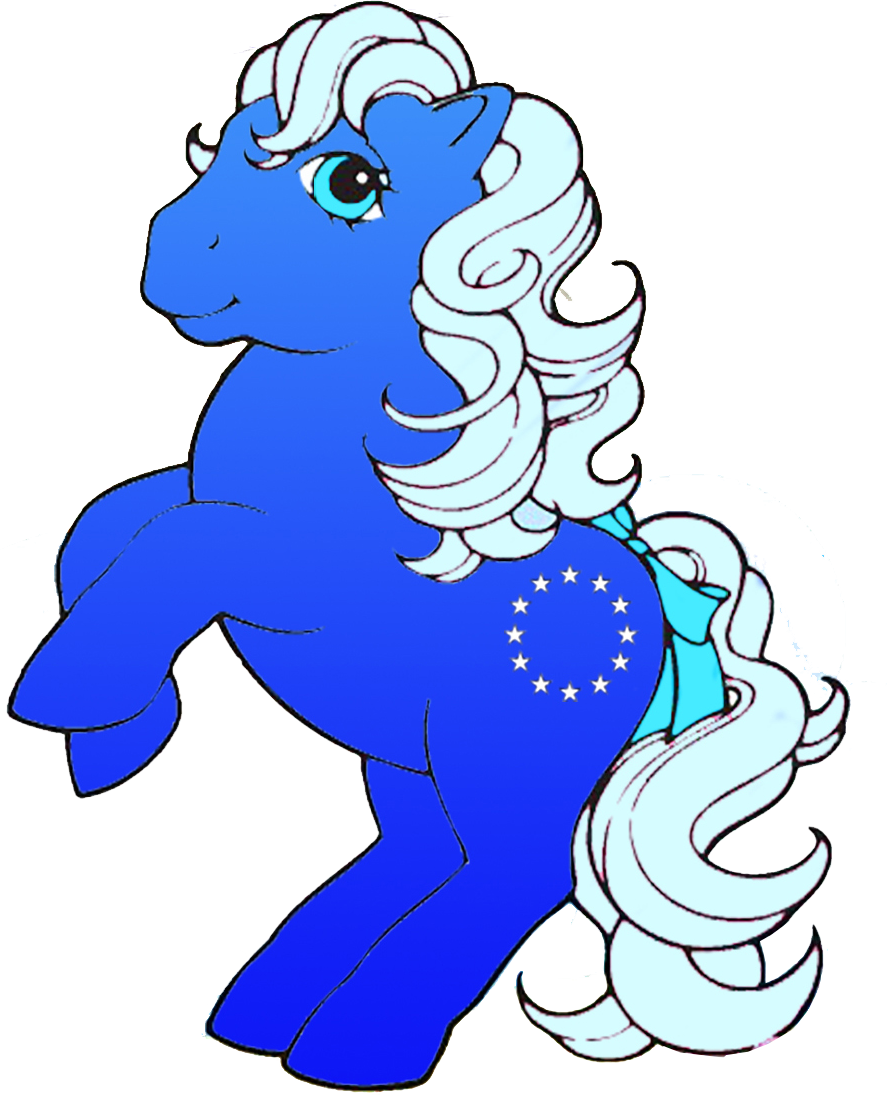18 October 2020,
The Hermeneutic Dimension of the Wenufoye
The Wenufoye, ‘Heaven's Winter's Bark’ in mapudungun, is the representative flag of communities and organizations of the Mapuche nation, one of the most numerous groups of Native South Americans. The use of flags to represent people, states or nations was brought as a colonial custom to Latin America by Spaniards, it is therefore unlikely that in pre-Columbian times this type of insignia had existed, so, the Mapuche people adoption and use of the flag as a code is rooted in anti-colonial struggles.
The earliest record of the use of emblems by the Mapuche people dates back to the Arauco War, held between the Spanish crown and the natives in what has now become Southern Chile. In the epic poem ‘La Araucana’ (1569) Alonso de Ercilla describes the native warrior Talcahuano followed by troops using blue, white and red emblems, together with an eight-pointed star, the Guñelve, the Mapuche depiction of the morning star or the planet Venus. The star is recurrent as a Mapuche symbol, in a painting by Fray Pedro Subercaseaux dated in the beginning of the 18th century ‘The Young Lautaro,’ the toki war chief is depicted waving a white eight-pointed star.
The Mapuche nation did not confect a representative flag until in March 1991, the organization Aukiñ Wallmapu Ngulam or Council of All Lands made a call to craft such emblem for the Mapuche nation. Nearly five hundred designs were submitted, of which one was selected under the name Wenufoye. The text would not make its appearance extent of conflict, “the flag was publicly presented after a long deliberation on October 6, 1992 in a massive event in Temuco, to which numerous communities were called, such event being severely repressed by the police.” It can be relevant to have in mind that the Wenufoye was official six days prior to the celebration of the 500th anniversary of the arrival of Christopher Columbus to the Americas, October 12, known as ‘El Día de la Raza’ (The Day of the Race), which is the date that -still- commemorates of the Americas colonial past. In that context, flagging the Wenufoye was read by the Chilean government as act of rebellion by which the Mapuche people refused to recognise the Chilean flag as their own.
The relevance of the Wenufoye as a text is better understood as a process of national identity building, described by Chilean academics as “the making of a [contemporary] Mapuche national symbol [that] is inscribed in a blatantly anticolonial indigenous national reconstruction project” (Jara Ancan 2017). The text serves Mapuche people as an acknowledgement of their cultural heritage enabling themselves “a better understanding of who they are and where they are from” (Christopher 2015), therefore the Wenufoye provides Mapuches of a sense of collective identity, solidarity and loyalty to their ancestral heritage.
Thus, the Wenufoye, functions as separatist flag that points out Mapuche peoples’ misrepresentation in state politics, exclusion in society and the Chilean and Argentinean governments’ denial to give them validation as a nation, privileging Latin American white representations within history and media. It can be added that the Wenufoye has been often demonized by media in political and environmental conflicts where Mapuches resist the usurpation of their land.
To give a context, in Southern Chile the Bio Bio river would be designate ‘La Frontera’ (The Border) Spanish conquistadors and 19th century German colonists would find and re-found cities, in defence, Mapuches would burn them. Chilean politicians of the 19th century would intend to 'solve the conflict’ through repression and fraud. In the 20th century, during Pinochets’ dictatorship, and even throughout democracy, the Southern territories would be sold to private and foreign capital. The later permitted the construction of Pangue and Ralco hydroelectric project by the Spanish company Endesa. Various manifestations of indigenous communities would be repressed, the Wenufoye was since demonized by the Chilean media. A number of incarcerations and murders of Mapuche activists such as the case of Matias Catrileo, among many others, have been perpetrated by the Chilean state.
Parallel to the environmental and political conflict, the Wenufoye, starts being adopted officially by communes to be raised alongside the Chilean flag e.g. Coyhaique and Padre Las Casas as a sign of the “consolidation of this symbol and its relationship with intersecting strategies of autonomy/acceptance/rejection/use by the Mapuche ethnic militancy, as well as by the [Chilean] state and non-Mapuche sectors” (Jara Ancan 2017). But, “identities […] are highly selective, inscriptive rather than descriptive, serving particular interests and ideological positions” (Gillis 1994) and, Aucán Huilcamán, involved in the creation of this flag, requested the repeal of the decree by the General Comptroller of the Republic of Chile that authorized the raising of the Wenufoye by the Chilean state, considering that the purpose of the Wenufoye is to represent the struggle of the Mapuche people, and can therefore not be used by Chilean institutions as a falsely inclusive profile to their municipalities.
Today, even though there are different flags to represent different Mapuche communities and territories in Chile, the Wenufoye, is known worldwide as an emblem of the Chilean people’s Social Upraise in October 2019 where it was the protagonist, now unionising Mapuche and non-Mapuche, on the struggle against neoliberalism, neocolonialism and, even, the patriarchy.
Bibliography
Christopher D, 1999,British Culture: An Introduction, Routledge.
Gillis J, 1994,Commemorations: The Politics of National Identity, Princeton University Press.
Jara Ancan J, 2017, A 25 años de la Wenufoye. Una breve genealogía de la bandera nacional Mapuche, Revista Anales.
